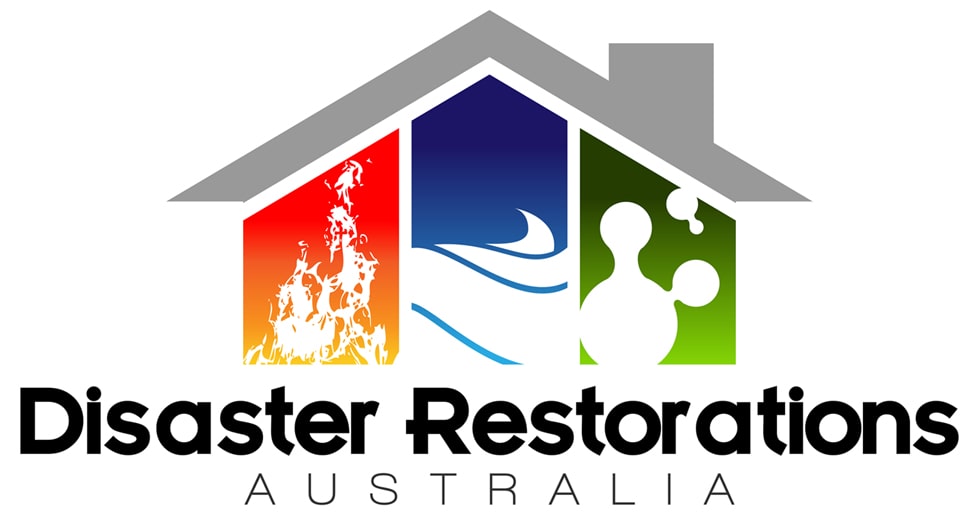As Australia’s storm season approaches, heavy rain, strong winds, and flash flooding can wreak havoc on homes and businesses. While you can’t control the weather, you can prepare your property to minimise damage and protect your loved ones.
In this guide, our Disaster Restoration specialists share essential steps to storm-proof your home and explain what to do if water or flood damage strikes.
⚠️ Why Storm Preparation Is Crucial
Each year, thousands of Australian homes experience damage from severe weather — from leaking roofs to flooded basements and fallen trees. The aftermath can be devastating, with costly repairs, property loss, and long recovery times.
The good news? Many of these issues are preventable with timely action and the right preparation.
🏡 Step 1: Inspect Your Roof and Gutters
Your roof is your home’s first line of defence during storms. Even minor damage can lead to major water leaks once the rain begins.
What to do:
✅ Inspect for cracked, loose, or missing tiles.
✅ Clean gutters and downpipes to ensure proper water flow.
✅ Install gutter guards to prevent blockages.
✅ Check flashing and sealant around chimneys and skylights.
💡 Pro Tip: If you notice leaks or damp spots inside your ceiling after a storm, call a water damage restoration expert immediately to prevent mould growth.
🌳 Step 2: Trim Trees and Secure Outdoor Areas
Overhanging branches are a major hazard during strong winds. They can break and damage your roof, windows, or vehicles.
What to do:
✅ Trim branches close to your house.
✅ Secure or store outdoor furniture, pots, and tools.
✅ Tie down sheds, trampolines, or shade sails that can blow away.
💡 Pro Tip: After strong winds, inspect your property perimeter for loose structures or fallen limbs before entering outdoor spaces.
💧 Step 3: Check Drainage Around Your Property
Flooding often begins with poor drainage. Even a small slope or blocked drain can cause water to pool around your foundation.
What to do:
✅ Ensure the ground slopes away from your home.
✅ Clear leaves and debris from storm drains.
✅ Install sandbags or barriers if you live in a flood-prone area.
✅ Consider a sump pump system for basements or low-lying spaces.
💡 Pro Tip: If floodwater enters your property, avoid touching electrical outlets or appliances — call professionals for safe water extraction and drying.
🔌 Step 4: Prepare for Power Outages
Storms can disrupt electricity for hours or even days. Having a plan in place ensures you and your family stay safe and connected.
What to do:
✅ Keep torches, batteries, and a portable charger handy.
✅ Have a backup power source for medical or essential equipment.
✅ Unplug sensitive electronics before the storm hits.
💡 Pro Tip: Consider installing surge protectors to safeguard appliances from power spikes during storms.
🧰 Step 5: Create an Emergency Kit and Plan
Preparation is key to reducing panic during a storm. Keep a ready-to-grab emergency kit and make sure everyone in your household knows your safety plan.
Your kit should include:
🩹 First-aid supplies
📞 Battery-powered radio & phone charger
🚰 Bottled water & non-perishable food
🔦 Torch & extra batteries
🧻 Essential medications & toiletries
📜 Copies of insurance and ID documents
💡 Pro Tip: Discuss safe exits, meeting points, and emergency contacts with your family before storm season begins.
🏚️ Step 6: Act Fast After a Storm
If your property is affected by heavy rain, flooding, or storm damage, acting fast can prevent long-term issues like mould, rot, and structural decay.
What to do immediately after a storm:
1️⃣ Ensure everyone’s safety and avoid flooded areas.
2️⃣ Turn off power if water has entered your home.
3️⃣ Take photos for insurance claims.
4️⃣ Contact a certified disaster restoration company for inspection and recovery.
💡 Pro Tip: The first 24–48 hours after flooding are critical. Fast drying and dehumidification prevent secondary damage and mould growth.
🧽 Step 7: Professional Flood & Storm Damage Restoration
When water damage strikes, professional help ensures your home is restored safely and efficiently.
At Disaster Restoration, we provide:
✅ Water Extraction & Structural Drying – Using advanced dehumidifiers and air movers.
✅ Mould Remediation – Preventing health risks from hidden moisture.
✅ Odour & Contamination Removal – Restoring indoor air quality.
✅ Property Repairs – Roof, flooring, and wall restoration.
📍 Serving: Sydney | Melbourne | Brisbane | Newcastle | Gold Coast | Sunshine Coast
📞 24/7 Emergency Response: Call 1300 134 620
💬 “We restore your property — and your peace of mind.”
🧭 Final Thoughts: Protect, Prepare, and Partner with Experts
Storms are inevitable, but the damage doesn’t have to be.
By inspecting your home regularly, securing your property, and acting fast after damage, you can avoid costly repairs and keep your family safe.
When the unexpected happens, trust the certified experts at Disaster Restoration. We respond quickly, restore efficiently, and care deeply — because we know what home means to you.





